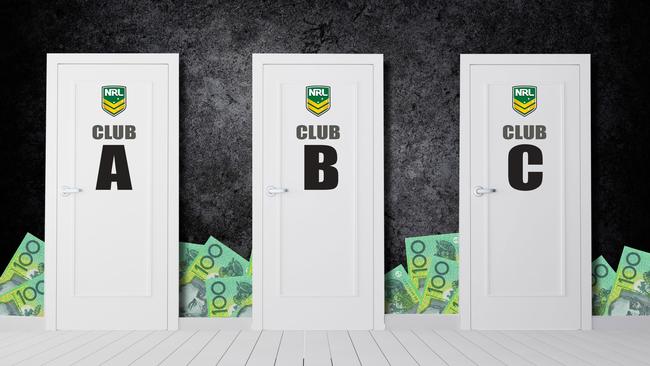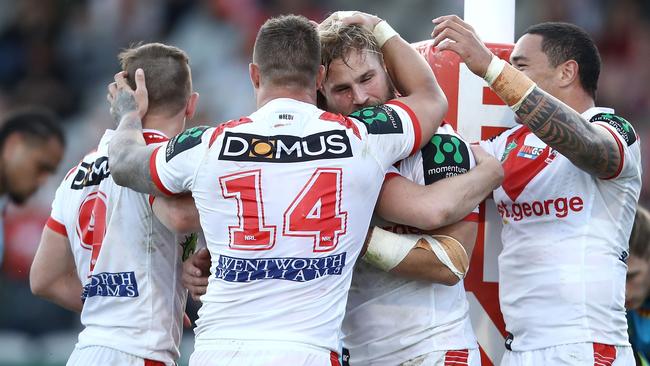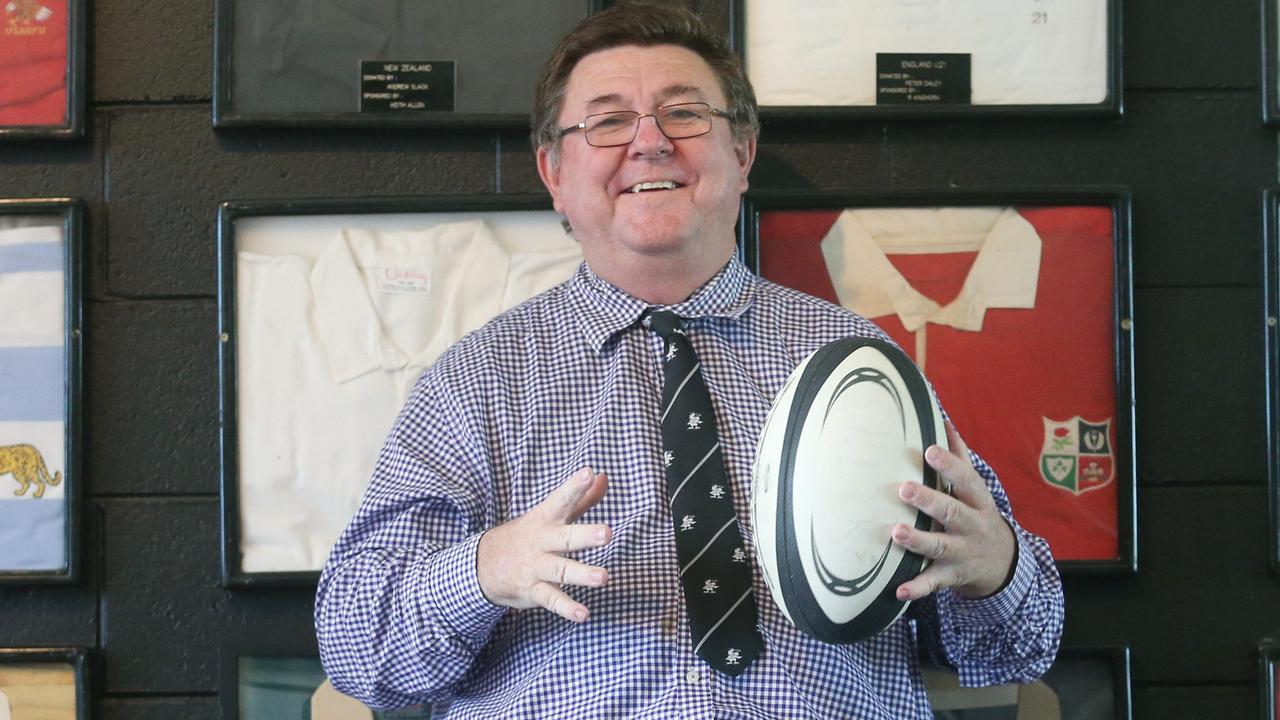Melbourne, Brisbane, Penrith the biggest third party agreement spenders in the NRL
AS the NRL grapples with the decision to make third party deals public, PAUL KENT believes they don’t have a choice. Find out which clubs spend the most outside the salary cap.

Opinion
Don't miss out on the headlines from Opinion. Followed categories will be added to My News.
IN a landmark change, the NRL is considering revealing what clubs spend on third parties each year in a bid to kill off the damaging whispers that give rise to suspicions of salary cap rorting.
NRL chief operating officer Nick Weeks has admitted the current system is no longer acceptable.
The two options currently being considered are to anonymously reveal what each club receives in third parties by simply labelling them Club A, Club B and so on, or revealing what each club is actually receiving in third party agreements.
Only one is acceptable.
What eventually gets agreed upon by the clubs and the RLPA will depend on how mature they can be in the conversation.
TRIALS: What we learned from the weekend’s matches
INSIDE THE WARREN: Get a glimpse of South Sydney’s brains trust

“What we have done,” Weeks said, “is we have agreed with our clubs to have a discussion about that and we need to engage the players association in that as well.
“There is a lot of misinformation around about third party agreements.”
A working party of NRL chief executives will form next week to discuss changes to the current system.
As part of its information gathering, the NRL disclosed to certain sections of media how much is being spent in legal third parties. It was a mature decision designed to correct the often damaging narrative around third parties.
But the secret is out.
For years the game has pedalled the line that the salary cap produces parity across the competition.
That was supported in Monday’s presentation, which included the statistic that, since 2000, 75 per cent of NRL teams have won the premiership (the four who haven’t are Gold Coast, Parramatta, Canberra and Warriors).
“That’s significantly higher than any other league around the world,” Weeks said.
In the same time frame just 50 per cent of the competition has won the Super Rugby title, 56 per cent have won the AFL flag, 34 per cent have won the Super Bowl, 40 per cent the major league baseball pennant, 27 the NBA championship and a mere 25 per cent the English Premier League.
It reflects well for the NRL.
Last season, $3.76 million was paid to 93 players across the NRL in arm’s length third party agreements. The great majority — 77 players — were Origin level or other tier one internationals, already among their clubs best earners.
The NRL would not reveal each club’s spend, which averaged to $235,000 each club.
It is known Melbourne Storm benefited most. Storm players earned an extra $788,000 in third parties.

Brisbane was next, more than $200,000 below Melbourne but still commanding more than half a million dollars in third party income. Penrith was third, also benefiting by more than half a million dollars paid to its players in third parties.
The other club significantly above the average last season was Manly, spending more than $300,000.
The bottom club, St George Illawarra, got only a small third party benefit, receiving $26,000 in extra income.
Third parties are the ugly rebuttal in the NRL’s claim of competition parity.
While 75 per cent of the competition might have won a grand final since 2000, a lesser known fact is that of the 18 grand finals played, 15 have featured either the game’s top two third party spenders, Melbourne and Brisbane, as well as Sydney Roosters.
Is that merely a quirk, or competitive advantage? Clearly the old sell, that the competition is a level playing field, no longer works.

While some clubs will be reluctant to release their spending advantage the difference in total salaries has real world impact that few fully consider.
For example, in the first five rounds beginning next month Ivan Cleary’s Wests Tigers face Melbourne twice and Brisbane, ranked one and two in third party spending, as well as Parramatta and the Sydney Roosters.
The Tigers could conceivably be 0-5 based on roster strength, a position that could naturally lead to fans questioning their season prospects and to begin theorising whether Cleary’s recruitment was any good, whether he can coach at all, whether the players can play.
In an industry where job security is impossible, the disparity could decide careers.
Tigers fans should know their club is spending hundreds of thousands of dollars less than their opponents. Cleary and other coaches in similar positions, like the Dragons Paul McGregor, should be afforded a sympathetic hearing before judgment is applied.
That extra $788,000 that Melbourne has to spend nearly equates to a marquee player. It is the difference between having a Jesse Bromwich or Cameron Munster in your side, or not.
Trying to argue that clubs should get off their backsides and generate more third party deals, as some suggest, is ridiculous.
Firstly, it is illegal for clubs to generate these third parties.
More importantly, it gives no thought to the different commercial realities of each market.
Sydney has nine clubs to split among its population of five million, Melbourne and Brisbane are the lone NRL teams in cities of 4.7 and 2.3 million respectively.
All dwarf the likes of Newcastle (436,000), Canberra (435,000) and Townsville (178,000). And add to that the competition for sponsorships from other sporting codes, which differ with each city, and the commercial realities for each club emerge significantly different.
It is impossible for all to be the same and, really, for all to be considered the same.
Originally published as Melbourne, Brisbane, Penrith the biggest third party agreement spenders in the NRL


